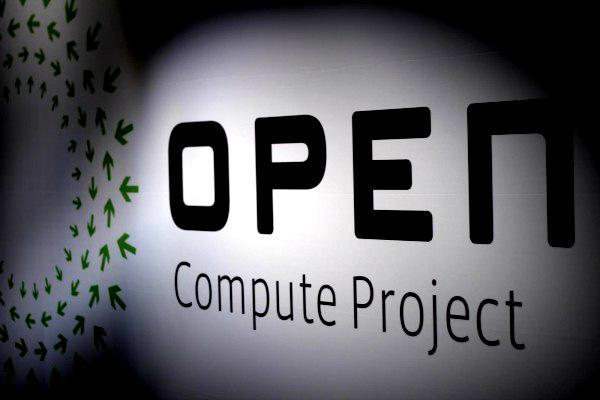
Ever since Facebook opened up its filtered datacenter specs to the world in a bid to open source the design specifics of its servers and datacenter architecture, there has been a lot of OCP-led tech advancements contributed by its members. The recently held OCP summit saw participation from many new entrants with contributions around hardware, designs, and other OCP based products. The latest being LSI and Microsoft. While the former is in the process of contributing two storage infrastructure reference designs to the OCP global community, the latter has also announced its contribution on cloud server designs to public.
While a lot is happening on development font where companies are collaborating to develop new OCP technologies, adoption of those open hardware and design by enterprises isn’t much to talk about yet.
Here we look at the OCP ecosystem in terms of how effective it is for enterprises to implement open hardware or is OCP a thing of the biggies like FB and Rackspace to implement.
Why Open approach is the best bet for CIOs
1. The collaborative group of OCP decides on specifications of the OCP-certified storage device, server, or even datacenter switch giving hardware manufacturers the option to produce or not to produce it. But one objective of OCP is to downsize vendor lockdowns which will empower CIOs to choose what to deploy and play around with interchangeable parts.
2. Open Compute servers are designed to be more efficient, and inexpensive. Facebook’s datacenter in Oregon uses 38% less power and costs 24% less to run. They’re also vanity free and minimalist, thus do away with extraneous parts that don’t contribute to the efficiency.
The clear dictat for Quanta, Taiwanese OEM which which re-designed servers for Facebook based on the open model was that ‘Remove anything in our servers that do not contribute to the efficiency’. While all these advantages especially economies of scale and efficiency make a lot of sense for a biggie like Facebook, why not an enterprise that also want efficiency and cost effectiveness at the end of the day.
3. OCP also offers the chance to buy several servers from a single manufacture thus saving you from using too many tools to manage them. So, you won’t require buying servers from multiple vendors at a time, and facing the complexity of using too many management tools. Organizations using hardware specs of OCP can rely on engineers out in the OCP community.
4. Now that all specifications related to drawings, designs, and documents on racks, etc are out in public, you can simply tie up with a firm to implement the open design for your new datacenter without even creating one of your choice. So, this might be time for you to review contracts with existing vendors if you are faced with hefty expenses from your existing datacentre, and explore more efficient facilities by implementing open designs.
5. Additionally, you also have the option of going modular way by breaking components of your datacenter, racks, server, etc into modular parts so that you swap them as per your needs. This way you do away with the wastage around server refresh cycle. Because next time you won’t upgrade the entire server, rather the parts you need to.
Cost –benefit analysis
At this year’s Open Compute Summit in San Jose, Mark Zuckerberg and VP of Engineering, Facebook, Jay Parikh said that the development of energy-efficient technologies has saved Facebook $1.2 billion over the past three years, most of it being out of the power bill. Plus OCP is moving beyond to touch upon networking gear and even microprocessors. Zuckerberg also reminded that OCP collaboration is not limited to data center technologies and they are connecting the outside world with using black-box switches that haven't been designed for deployment at scale and don't allow consumers to modify or replace the software that runs on them.
Roadblocks to OCP adoption
While there are many who think this open hardware could become mainstream, enterprise may not yet find it compelling to leverage those open specs because their requirements may not necessarily be the same as that of players in the hyperscale market. Facebook has huge datacenter estate and so their labors to have their own datacenter is worth the cost trimming OCP gets them.
Additionally, CIOs tend to play safe as far as their infrastructure investment is concerned. So they are most likely to go by their own requirements as yet. Having said all this, the roadblock is around cognitive level only. So it's a matter of time for CIOs to come out of the closet.
Bottomline
What CEOs and CFOs will continue to instruct CIOs is to trim down compute budget and this is where open approach comes in. Initial adoption may be by large web companies, but slowly Open Compute hardware will proliferate beyond Facebook and Microsoft, for Open Compute hardware is designed to be have low costs compared to its alternatives. Additionally, there’s the empowerment of being able to collaborate with engineers all over the world.

 In
In
Add new comment